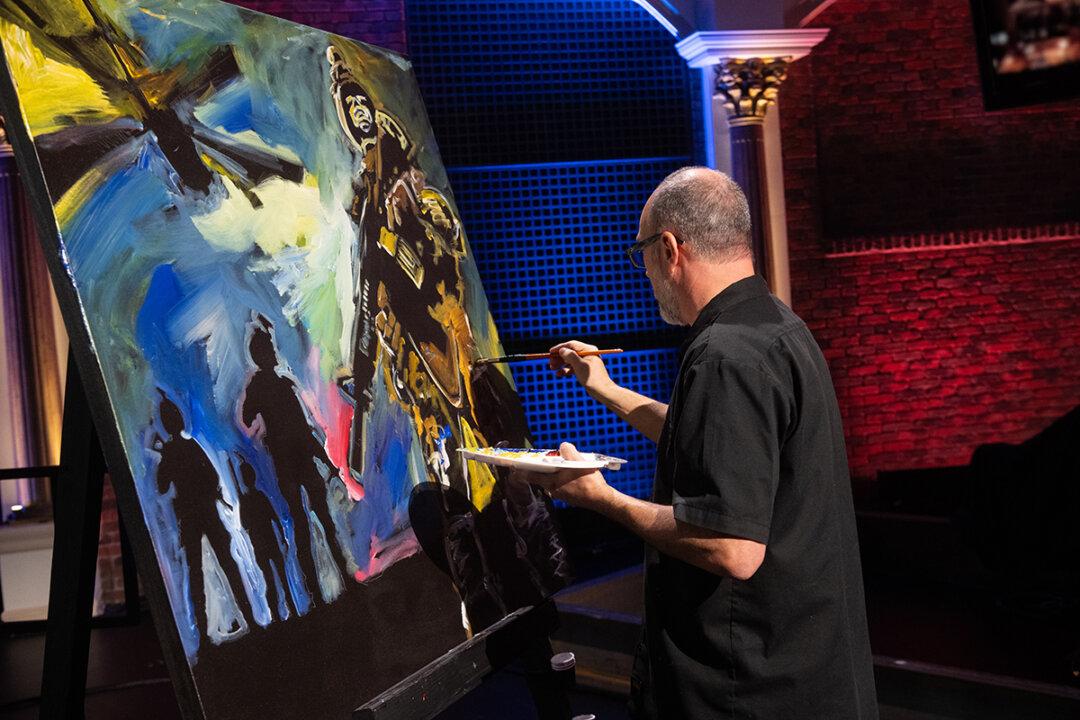Veterans returning home from war often have horrific images burned into their brains.
Artist Tim Gagnon is helping them replace those images with something that will bring them peace: their own artwork.

Veterans returning home from war often have horrific images burned into their brains.
Artist Tim Gagnon is helping them replace those images with something that will bring them peace: their own artwork.